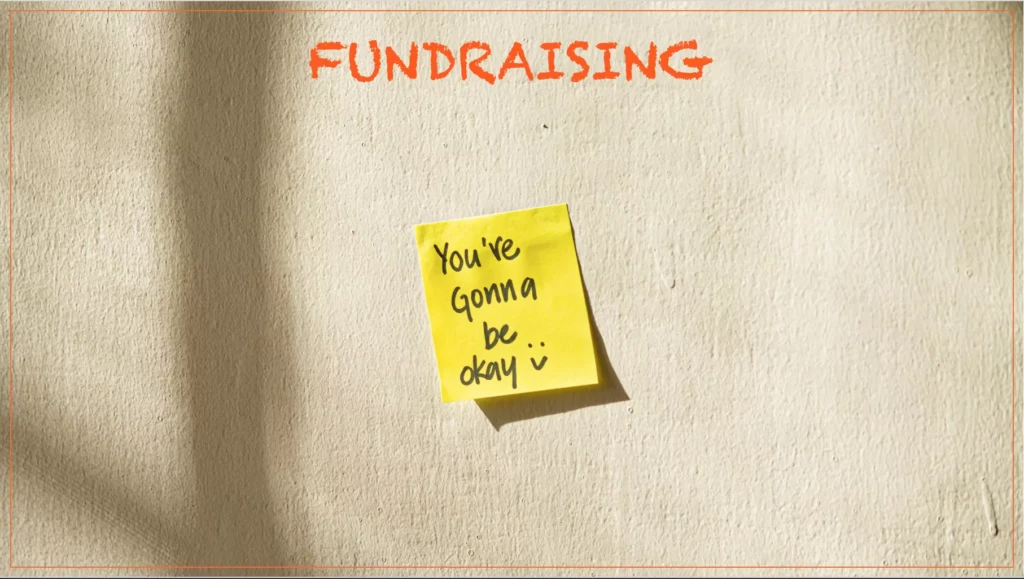The global EdTech market is experiencing unprecedented growth. It is expected to reach nearly $404 billion by the end of 2025, with an annual growth rate of over 16%. This
For many high-growth startups, raising capital remains a necessary step. Yet, 2025 confirms a trend that has been taking shape over the past two years: access to funding is tightening.
According to the 2025 France Digitale x EY Barometer, only 27% of French startups managed to raise funds over the past 12 months — a 3-point drop compared to last year. Meanwhile, 10% gave up on fundraising, up 4 points from the previous year. These numbers highlight a new reality: raising money is no longer guaranteed, even for solid projects.
So why is fundraising becoming more difficult? What mistakes should be avoided, and what strategies can founders adopt in this new environment?

More Selective Investors. Venture capital firms are now focusing on:
proven business models,
clear visibility on profitability,
and precise financial control.
The days when a strong commercial traction or a promising market was enough to secure a deal are over.
27% of startups raised funds (vs. 30% last year).
10% gave up fundraising (vs. 6% previously).
Due diligence processes are taking longer, and funding rounds are becoming more structured.
Rising interest rates, more cautious LPs, and geopolitical tensions all combine to create a tougher environment. As a result, VCs are slowing their investment pace and becoming more selective.
Investors now expect startups to demonstrate:
cash burn control,
a credible path to profitability,
and solid financial KPIs such as CAC, LTV, churn, and gross margin.
In today’s market, storytelling is not enough — numbers speak louder.
The model of scaling rapidly while burning massive amounts of cash is no longer acceptable. VCs now value resilient and sustainable business models, capable of creating long-term value.
Let’s take two early-stage SaaS startups, each growing at 80% annually.
Startup A shows strong sales traction but has no real cash flow monitoring. It seeks to raise quickly to cover its burn rate.
Startup B shows the same growth rate but tracks its margins monthly, has churn under control, and presents a clear path to breakeven.
In today’s environment, Startup B is far more likely to convince investors, even with identical traction.
Plan ahead: start your fundraising process 9–12 months before you actually need cash.
Build a strong financial model: show margins, runway, and different scenarios (realistic, pessimistic, optimistic).
Target the right investors: focus on a few well-aligned funds instead of a scattered approach.
Highlight qualitative traction: metrics like retention, LTV, and unit profitability are more convincing than raw revenue.
Stay flexible on valuation: adapt to current market conditions and avoid unrealistic expectations.
The 2025 FD x EY Barometer highlights a clear fact: raising funds is becoming more challenging. But this should not be seen as a roadblock.
Instead, it pushes startups to:
strengthen their internal structure,
manage their finances with discipline,
and present more compelling investment cases.
In 2025, fundraising will not favor the loudest voices, but the most disciplined founders. For startups able to anticipate, demonstrate financial rigor, and prove long-term value creation, funding opportunities remain very much within reach.
GOWeeZ, helps companies raise funds and drive strategic innovation.
If you’re looking to accelerate your growth, you can submit your project on MY PITCH IS GOOD or contact us directly via the Venture page on GOWEEZ ventures
These articles may be of great interest to you:
The comparable method, one of several methods for calculating start-up valuations
Advisor et Consultant auprès des dirigeants d'entreprise - Fondateur de GOWeeZ !
The 2025 FD x EY Barometer confirms what many already feel: fundraising is becoming more difficult. But this shouldn’t be seen as a barrier. On the contrary, this increased selectivity is pushing startups to better structure themselves, manage their finances with discipline, and present stronger cases to investors. In 2026, fundraising won’t go to the loudest voices, but to the most disciplined founders. For those who can plan ahead and demonstrate their ability to create long-term value, funding opportunities remain very real.
Fabrice Clément Tweet